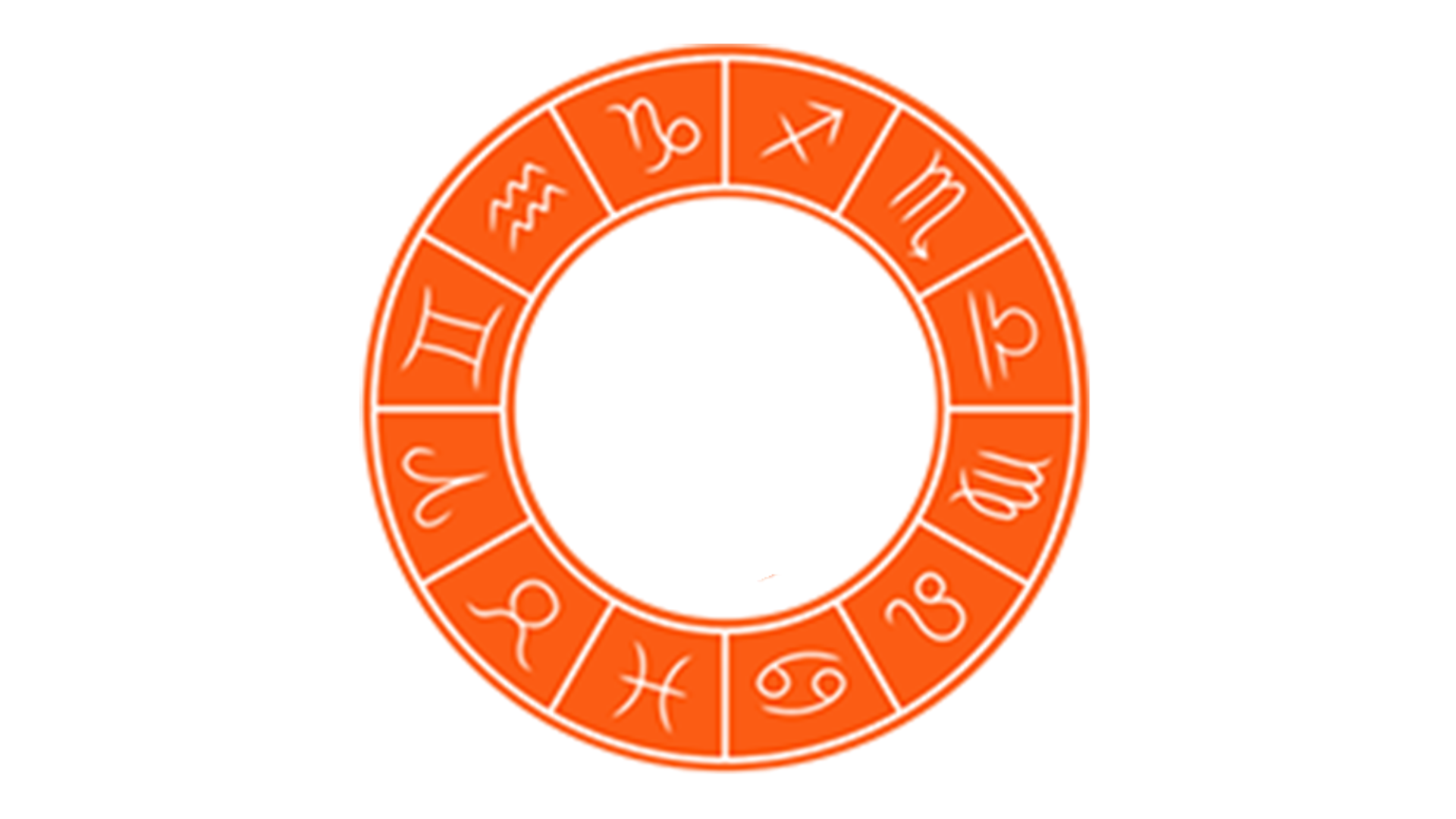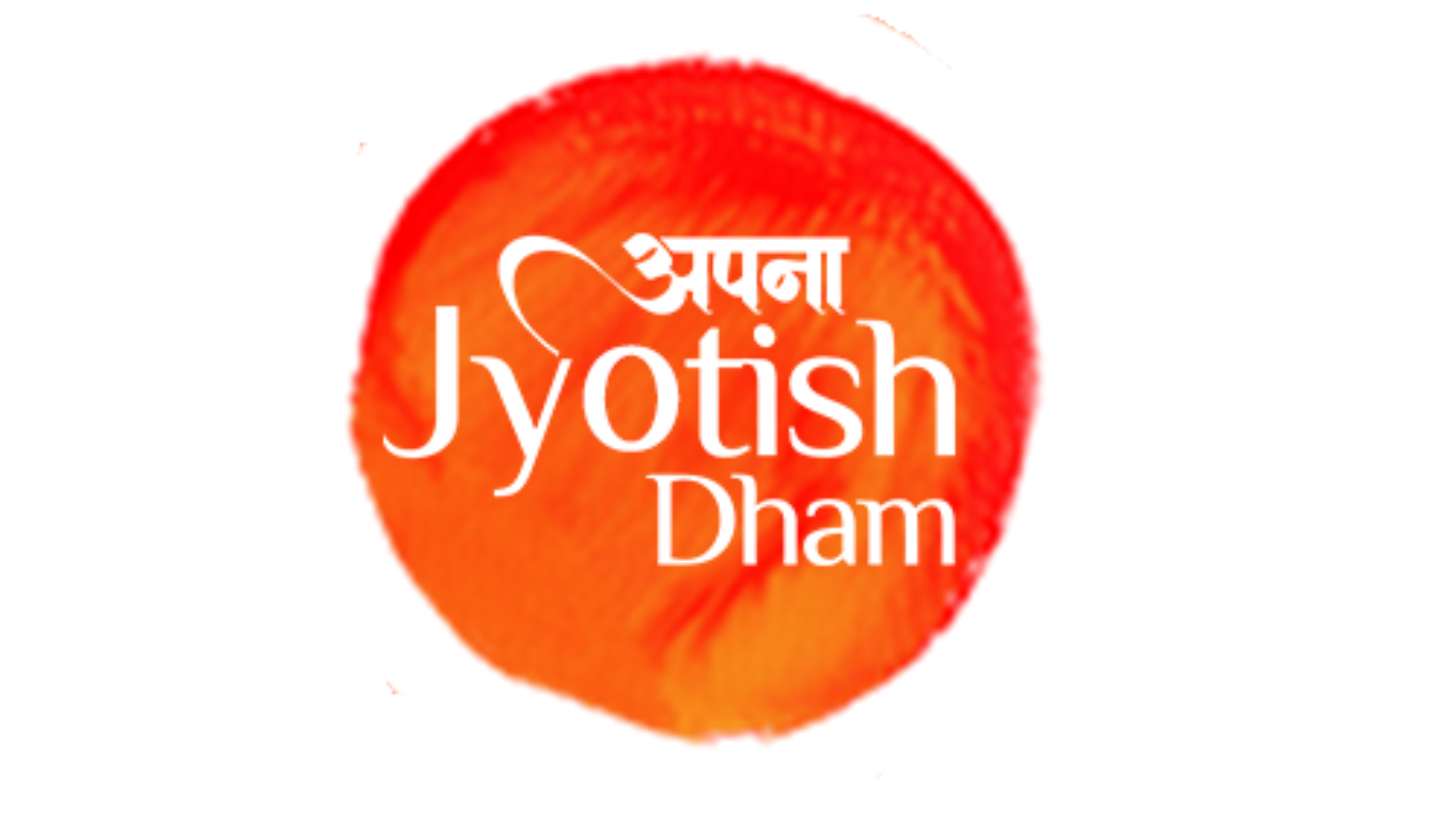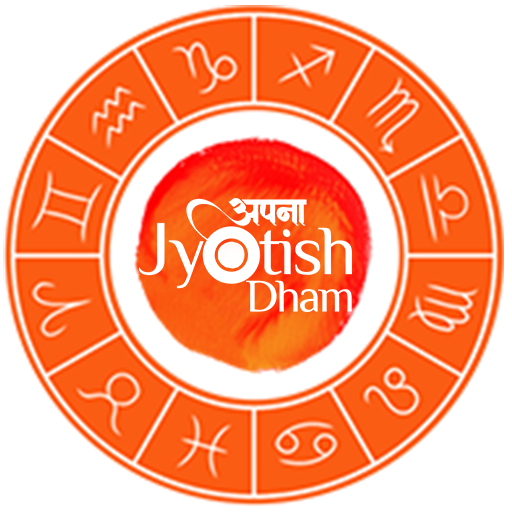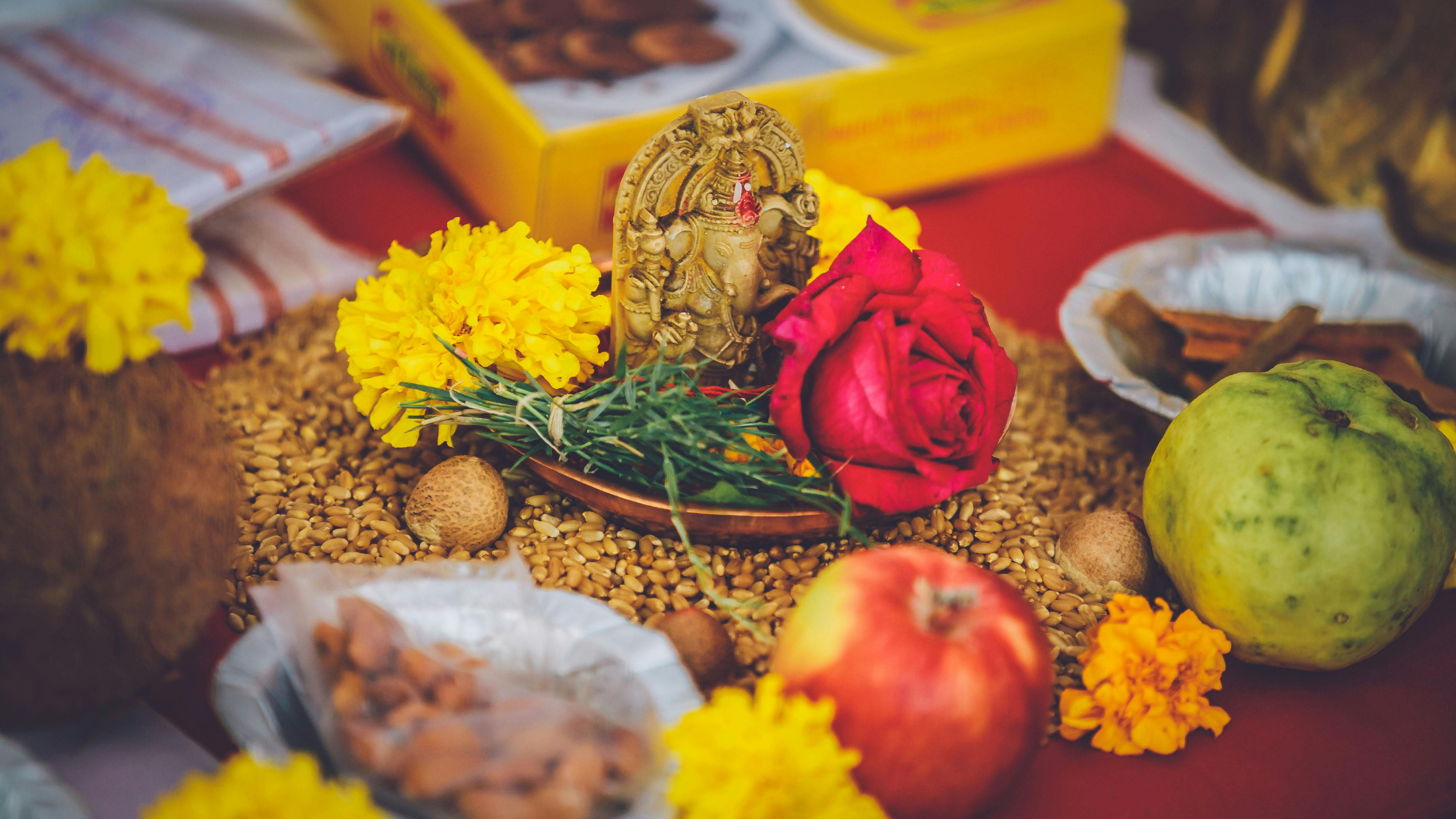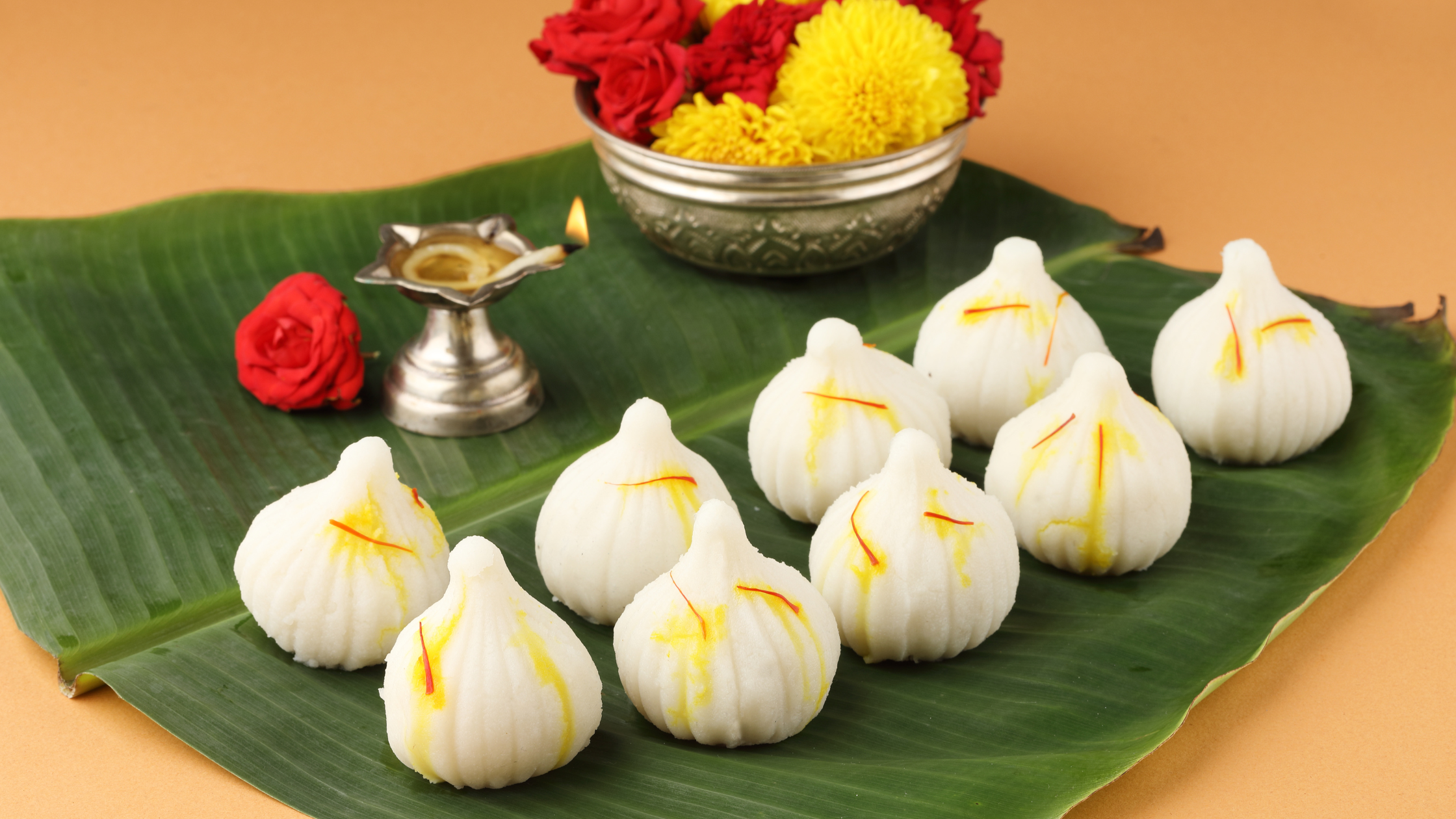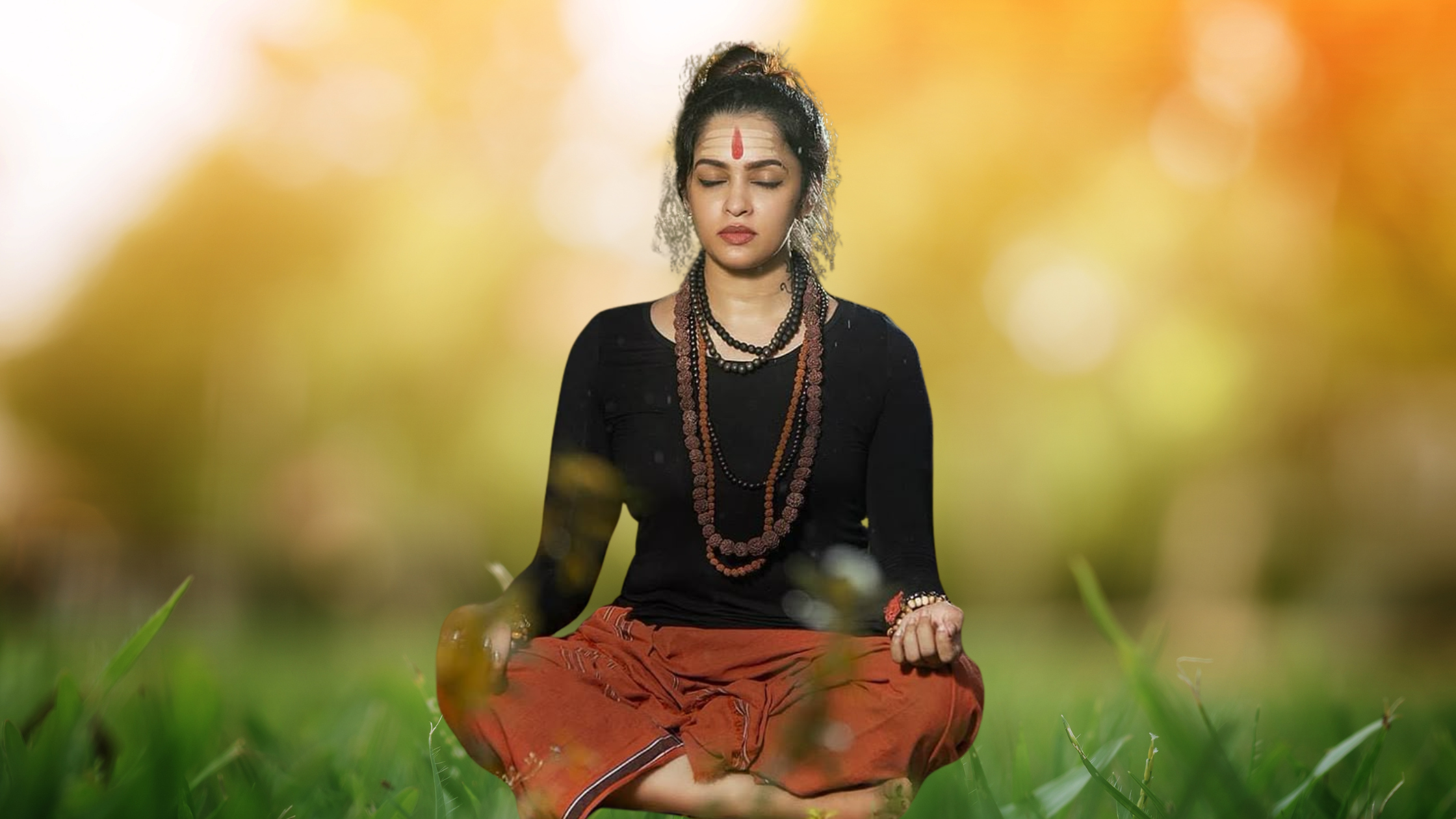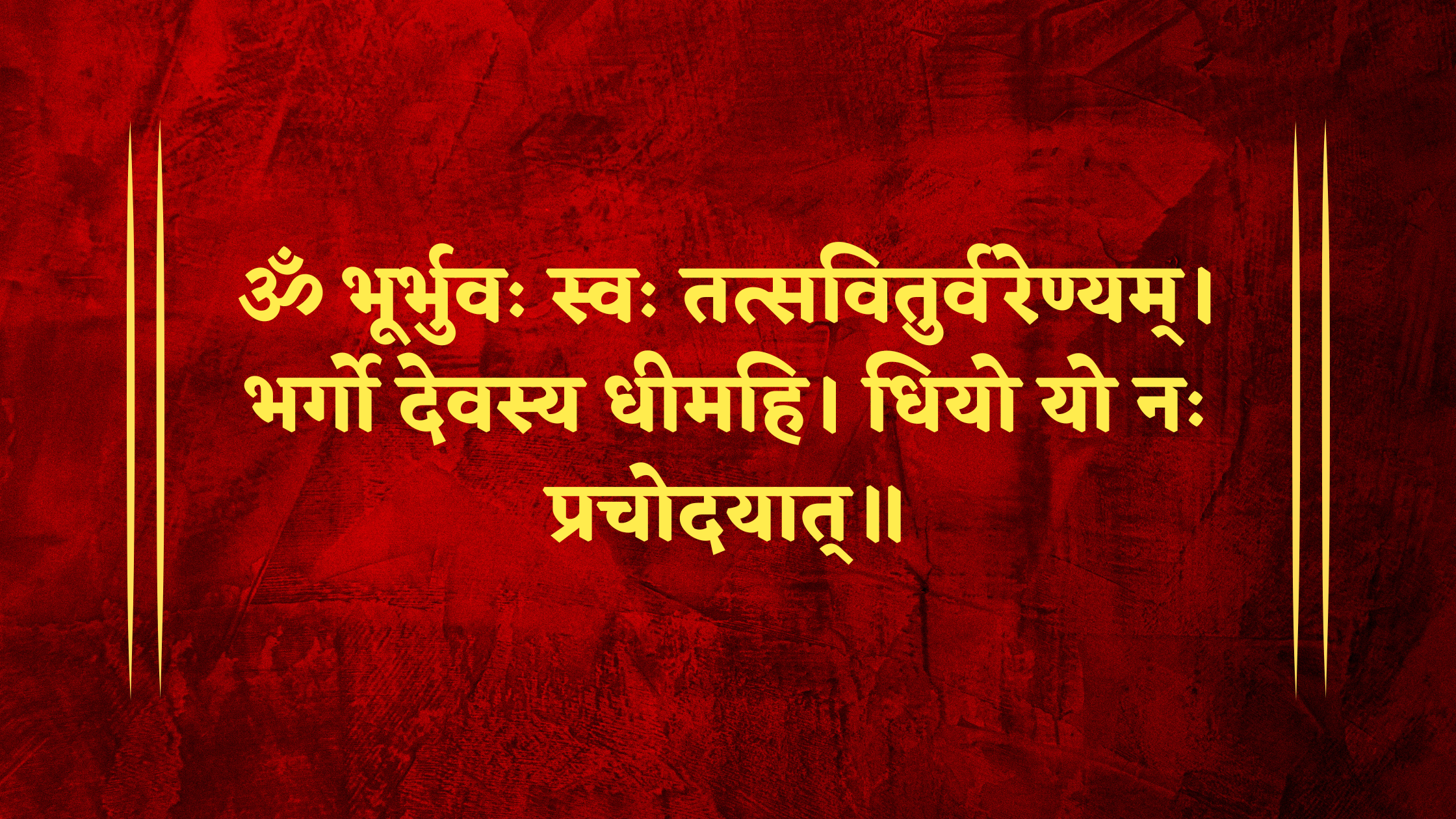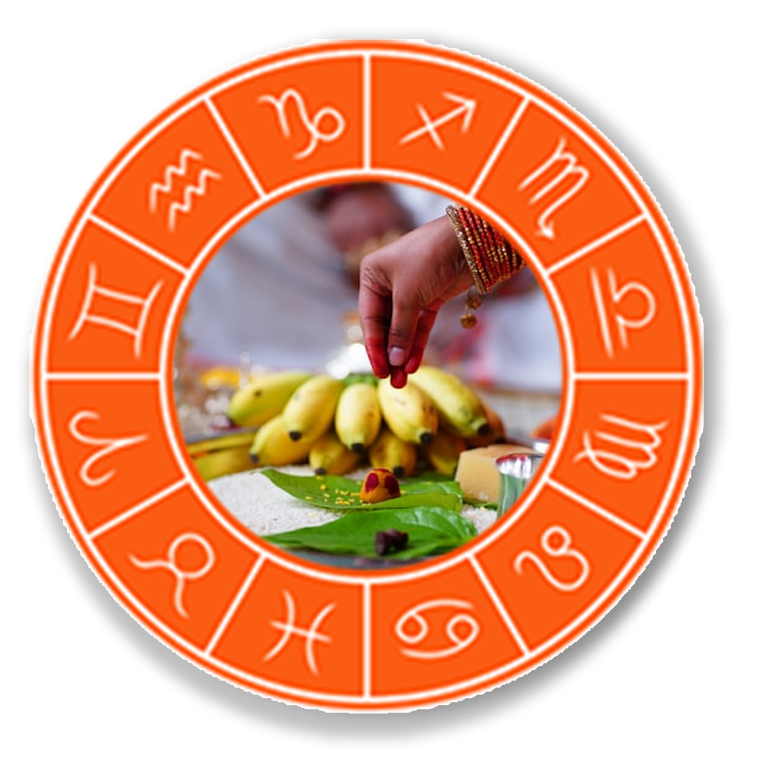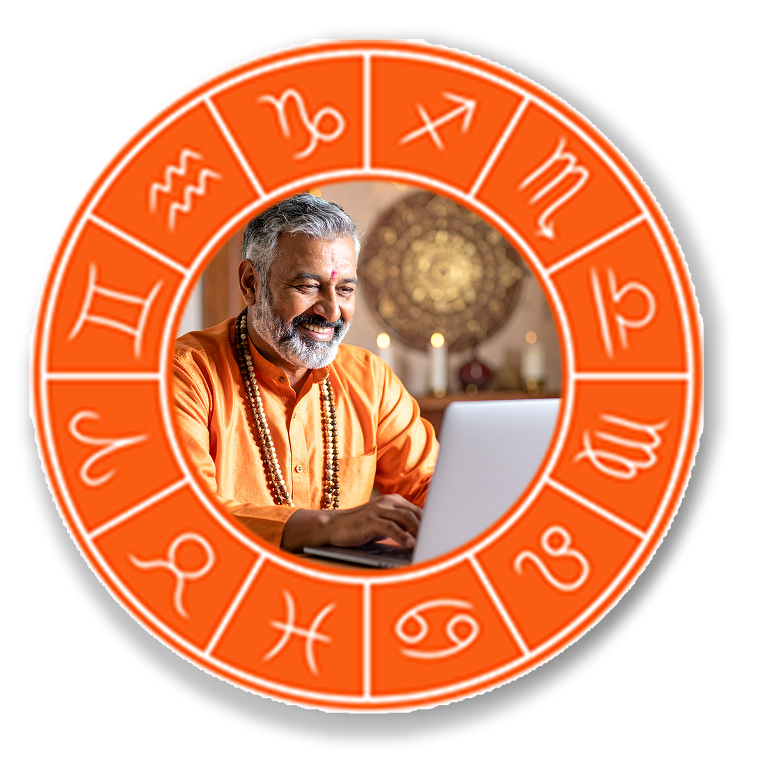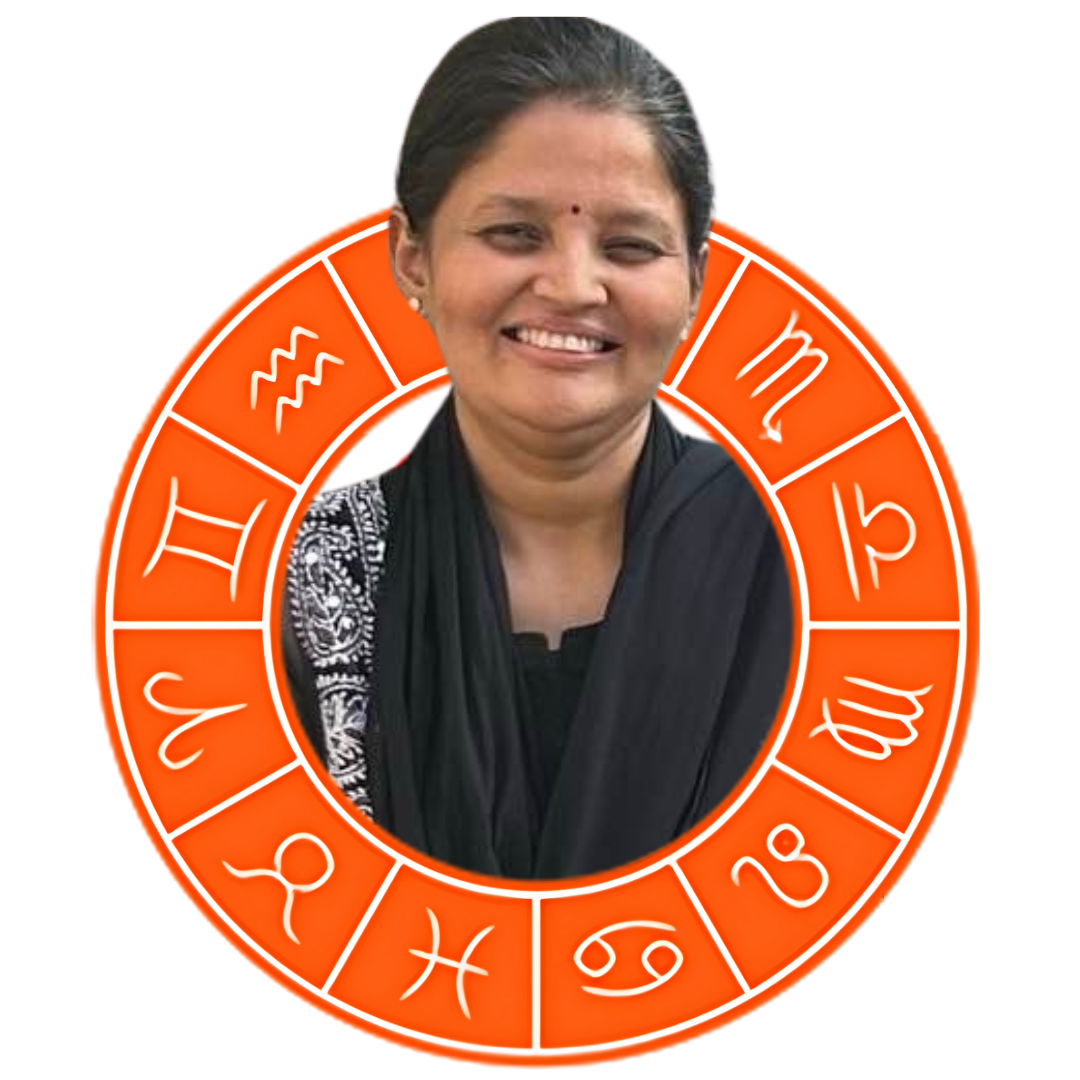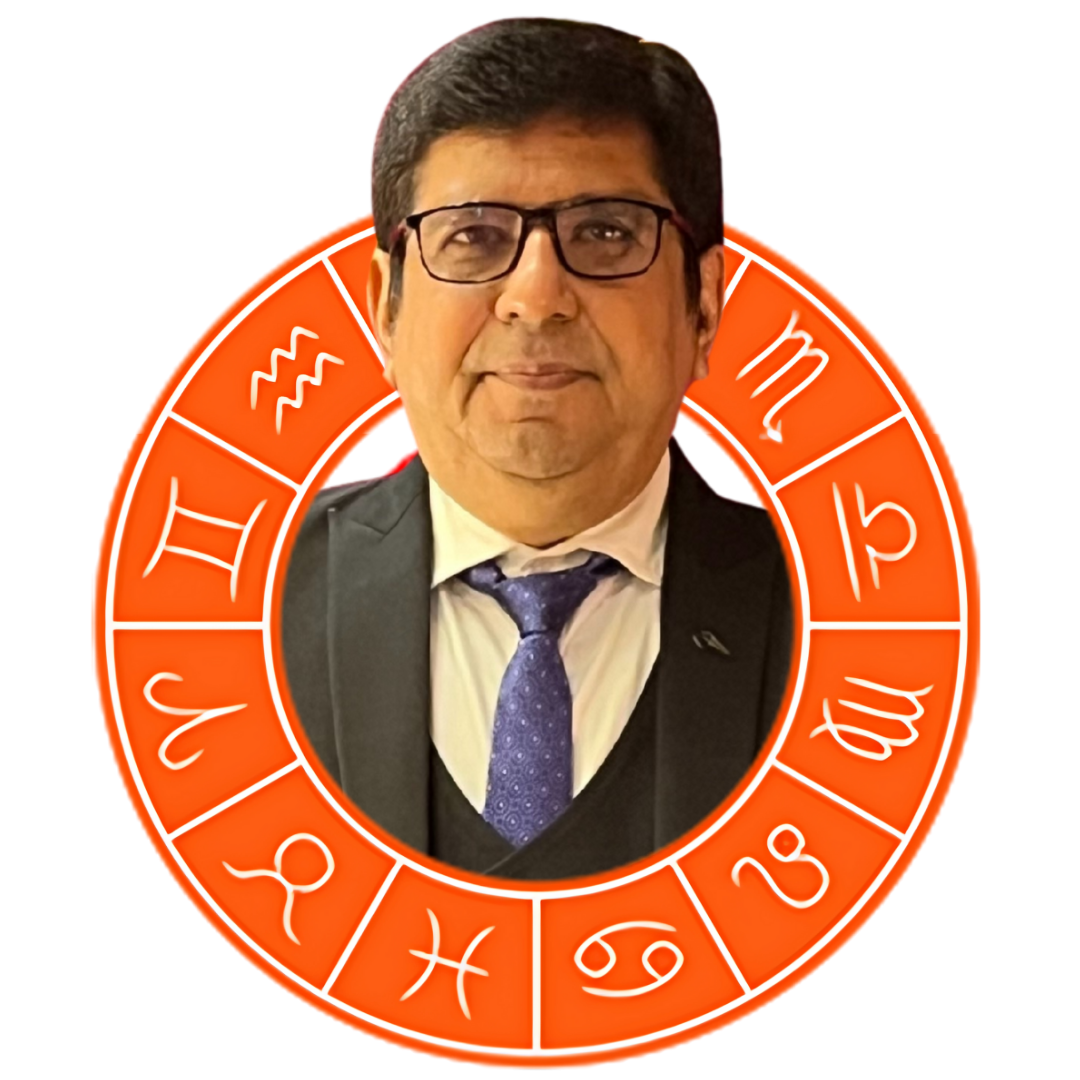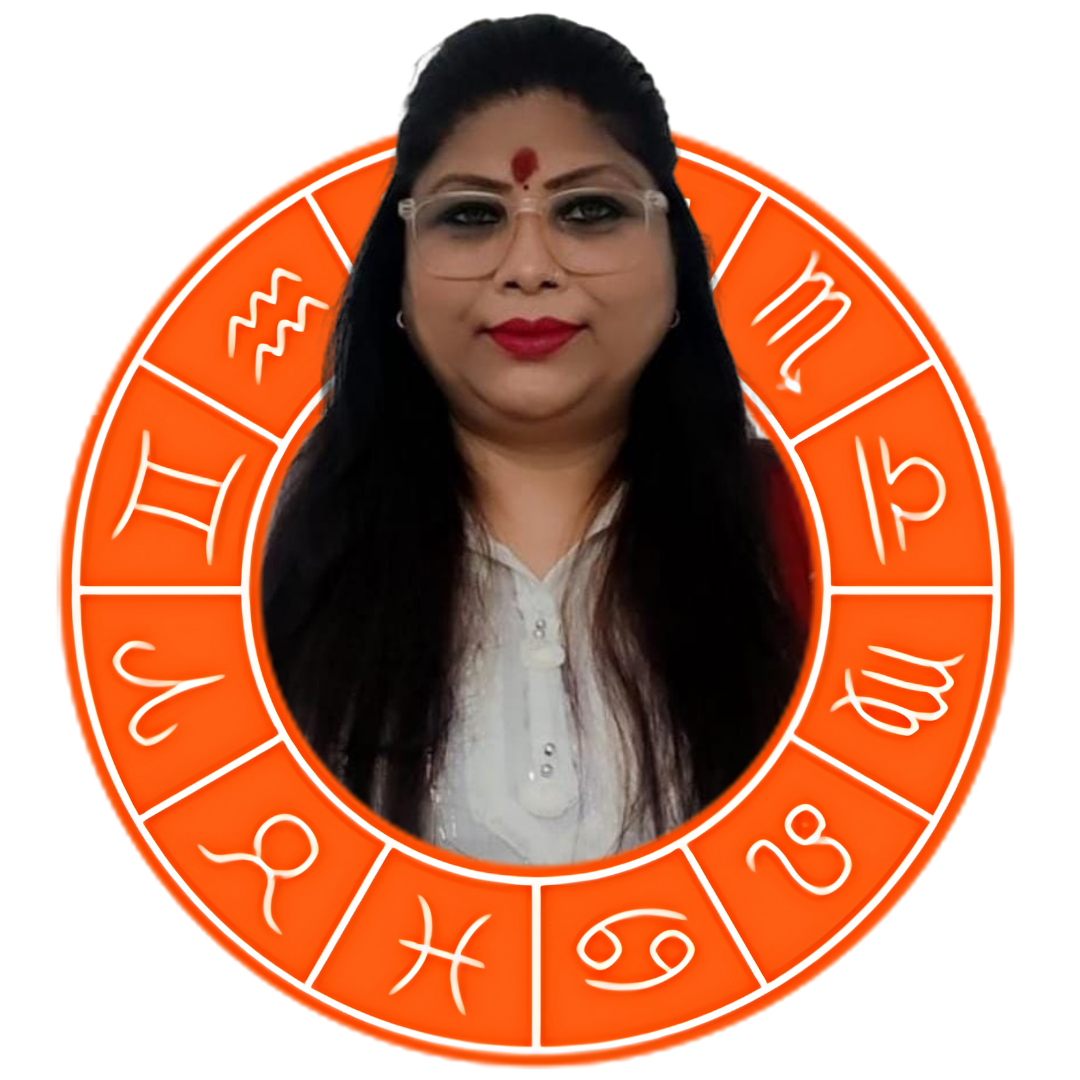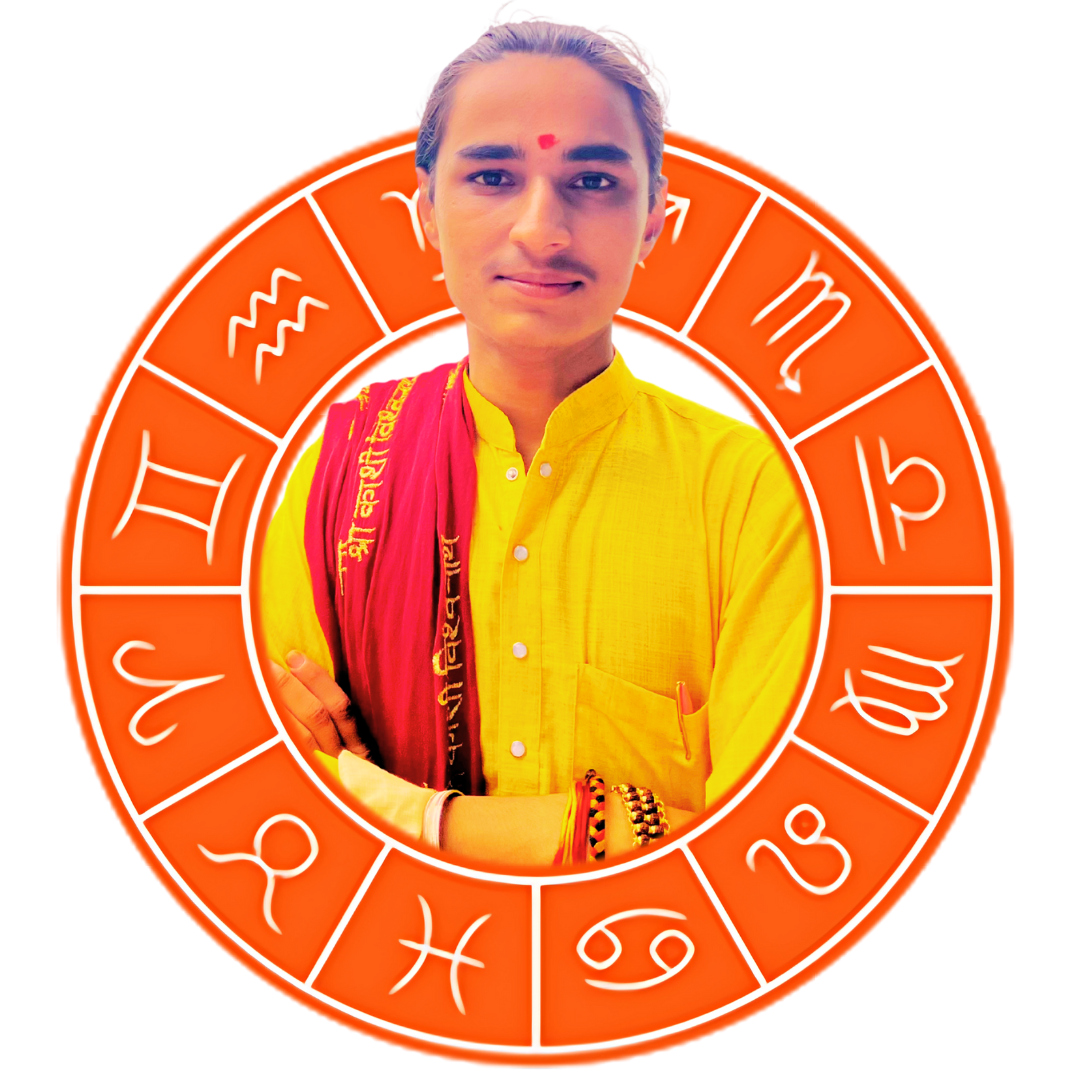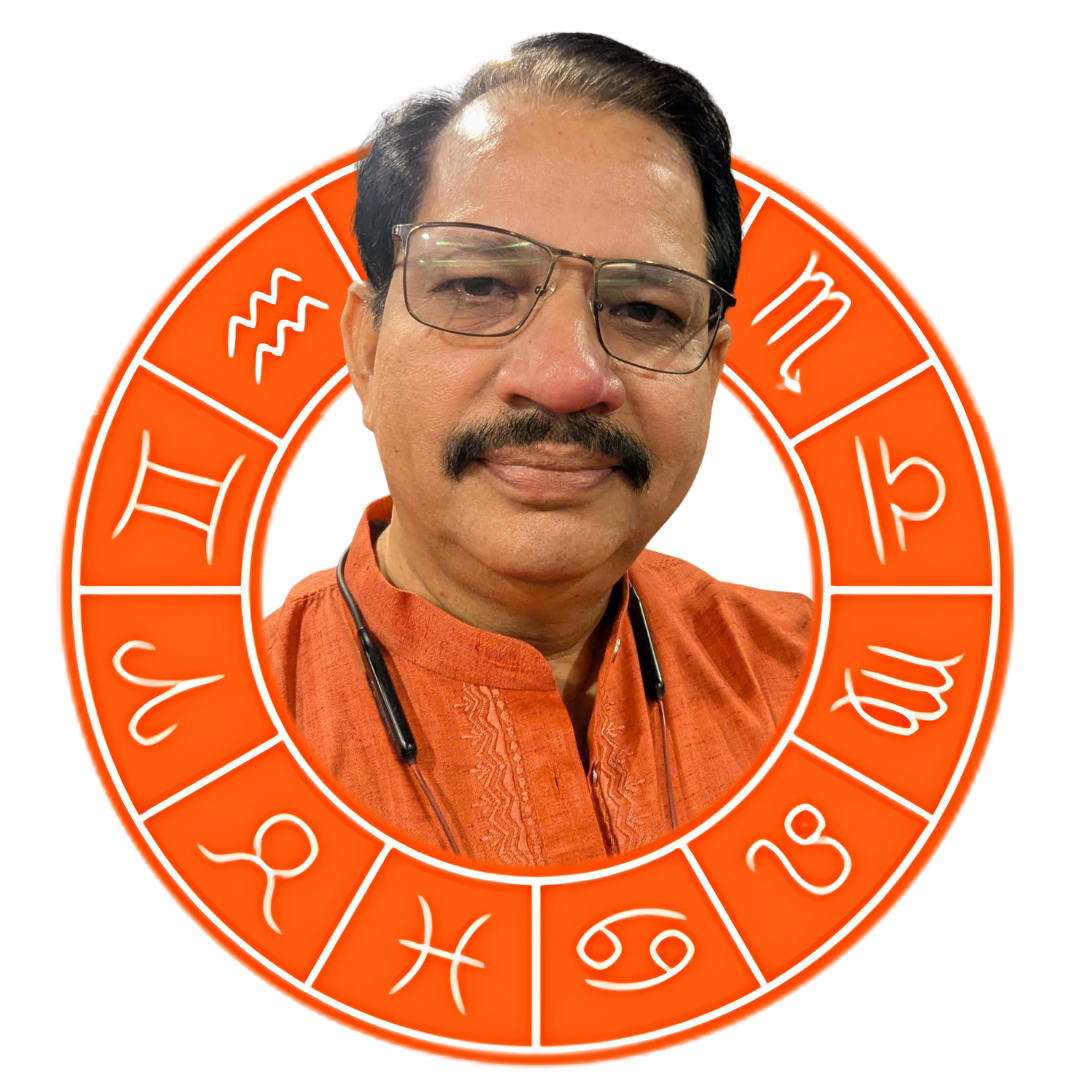By Apna Jyotish Dham On 21-05-2025 at 10:12 am
Important Things to Remember During Puja at Home (Hindu Rituals Guide)
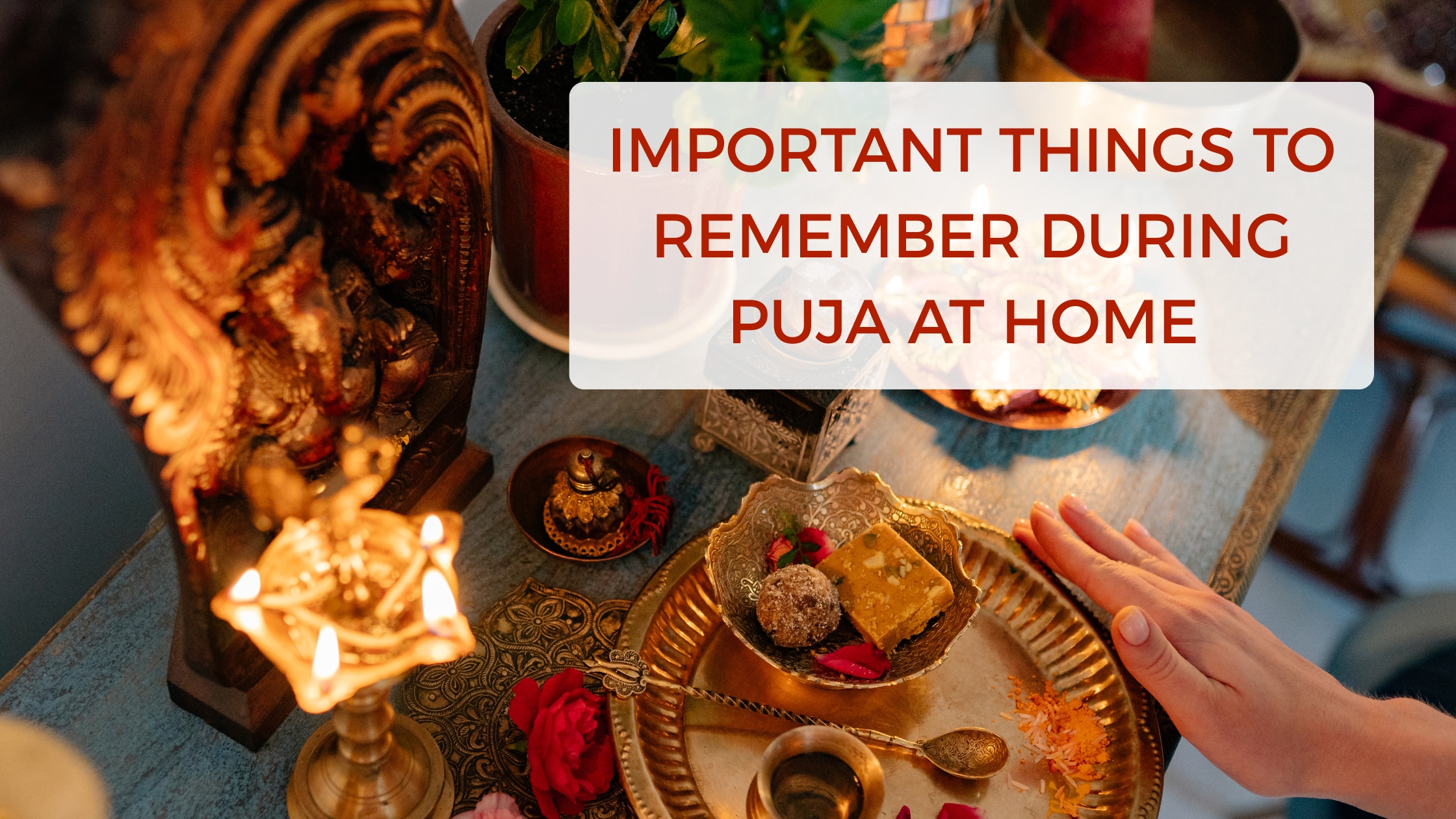
As the sun rises and the first ray of sunshine falls through your curtains, a diya is lit in a sacred space of your home, the holy adobe – the one where the soul tries to establish its connection to that parmatama, the one who is beyond and yet always around us. In the chaos of our modern lives – the one filled with noise and social media notifications – it is a moment for you to pause and connect with yourself and the divine. A moment of stillness and a sacred pause are experienced through your puja at home.
But do we understand the significance and what it truly means to do puja? Or are we simply following a habit, a routine, which, although not wrong, has made us forget its sacredness? Does one know how to do puja at home and the things to remember during puja? In this blog, let us try to understand a few steps that can make your daily puja even more fulfilling. Consider this a home worship guide!
Cleanse Your Body and Mind: One must begin with Preparing the Temple Within
We have been told since our childhoods that one must take a bath before performing puja at home or anywhere, and one may ask, Why? There is more to puja than just lighting a lamp and presenting flowers! It starts way earlier. Our bodies and minds must be the first temples we purify.
Like a temple ready for heavenly favour, the body is cleansed and the mind is stilled after a sacred bath. One's capacity to absorb Chaitanya (Divine Consciousness), which emanates from the Deities, is improved in this state of purity. The Chaitanya not only enters but also remains within when it is accepted in this elevated state, directing one's thoughts, words, and deeds all day long.
Just as a clean mirror reflects light more clearly, a purified self becomes a vessel for divine presence. So it is respectful to take a bath before starting the puja, not just out of habit. The devotee is always surrounded by this subtle energy, which fosters serenity, clarity, and spiritual awareness. Let the water remove your burdens, stress, and anxieties, in addition to the actual dust!
Clean Your Physical Space and Especially the Puja Ghar before you begin
Consider welcoming a special visitor to your house. Wouldn't you clean the space, arrange everything, and make it feel inviting? So, how come the divine enters a space where there is no cleanliness? You would not like that, right?
Whether it's an enormous mandir or a little shelf, the puja area needs to be tidy, calm, and energised. To purify the area, lightly wipe the idols, carefully arrange the offerings, and ignite an incense stick or diya. Cleaning the area is a form of prayer in and of itself. So, with great kindness and care, cleanse your puja area. Play some bhajans while you do this. Wipe the place gently, tidy up everything, and get rid of any clutter before calling in the divine.
There is a sensation of freshness and tranquillity in a clean environment. It makes you feel lighter and more focused. Having a pure environment automatically calms your mind and prepares it for prayer.
Find the Right Asana: Because Stability of Body and Stillness of Mind Matter!
As Lord Krishna himself says in the Bhagavad Gita, "Yog is not possible for one who eats too much or too little or sleeps too much or too little." It's crucial to have a sturdy, comfortable seat, or good asana. Choose a fresh mat or aasan composed of organic materials like cotton, wool, or kusa grass. If you are comfortable, sit cross-legged in Sukhasana or Padmasana. Make sure your shoulders are relaxed, your spine is straight, and your hands are resting lightly on your knees or in a mudra.
Allow the body to relax so that the mind can focus on itself. When your posture is balanced and your physical self is comfortable, the mind settles. Your consciousness grows, and your devotion is present.
This is about being prepared, not just about posture. You're anchoring yourself. "I am present, in body, mind, and spirit," you are announcing.
Light a Diya or Incense Stick: Invite the Divine Presence
Some basic daily puja tips we are all aware of are to light a diya and an incense stick (dhoop). Lighting a diya originates in Hinduism's Vedic traditions, where lighting is regarded as a symbol of wisdom that drives away the darkness of ignorance.
In Hinduism, fire, or agni, is seen as a purifier. It eliminates negativity and establishes a sattvic (clean) atmosphere. Being the bearer of sacrifices to the gods, Agni Dev serves as the link between the believer and the Supreme Being; hence, his presence is crucial during house puja. This is why it is almost considered one of the basic rules for puja at home.
When you light a diya with shraddha, a sense of fulfilment will embrace your soul. This diya is also a powerful symbol of hope, of light, and of the bright future. It helps the devotees to attain focus and concentrate, as it grounds them.
So allow the soft scent of a diya and an incense to seep into the space around you, and experience the slow bridging of the gap between the spiritual and the material!
Offer Fresh Fruits/Bhog: As a small gesture of Gratitude to God
During puja, offering bhog is a sign of appreciation and humility. It represents giving the results of our deeds over to God. It is believed that what we offer with devotion becomes the ‘prasadam’. Offering bhog fosters a sense of devotion and detachment and serves as a reminder that everything we have in life is a result of divine will.
Be it the grand temples or rituals followed at home in your mandir, bhog is offered to the deities. This offering is not because God needs it, but because we need it.
You may offer sweets, fruits, dry fruits, milk, or prepare chappan bhog. Whatever you choose to offer, do it with a sense of gratitude and pure devotion. A simple dish of homemade halwa prepared with love and reverence is as acceptable as anything grand. Even a tulsi leaf is pleasing. Because God does not discriminate or is impressed with grandeur, what matters is your intention.
The bhog you offer is a reminder – “All that I have, I offer first to You.” It is a symbol of your love, devotion and gratitude for the supreme one.
Release All Thoughts and Concentrate on the Supreme
Any home worship guide is insufficient and all rituals are in vain if your mind is cluttered with thoughts about the world. I know in the modern age and times, it has almost become an obvious fact that we are stressed. But when one does puja, one should try to declutter one's mind and one's thoughts and concentrate on what matters the most at the moment – one's connection with God!
Concentrate and if you cannot, try to. Release the pressure, the stress, and the constant chatter of your mind. Try to take control of yourself – away from the racing thoughts. Do not think about what has to be done or what has already happened. Seize the present moment and establish a connection with yourself and God.
There is no need to punish yourself if you cannot concentrate; acknowledge your thoughts and then slowly try to release yourself from them. And soon, you will feel a connection; you will regain your focus.
Remember, this is the moment that matters – the one you share with the divine.
Chant Mantras and Offer Daily Prayers: Feel the Vibrations of Devotion
Some of the basic Hindu rituals at home include our daily puja, chanting of mantras and regular prayers. Many of us grew up listening to some or other mantras from our grandparents or parents. It is possible that you may or may not know their meanings – but have memorised them by your heart and that is absolutely okay!
Know that vibrations are extremely powerful. Shabda, or sound, is regarded as one of the most potent ways to communicate with the divine in Hindu texts such as the Vedas and Upanishads. When properly recited, mantras are particular sound vibrations that harmonise a person's energy with that of the cosmos.
According to the Rigveda, mantras possess spiritual force (śakti) and are more than just words. Furthermore, it is said in the Yajurveda that repeating mantras draws forth the divine. Because it awakens spiritual energy and guarantees that your request is not only heard but also spiritually charged, mantra chanting is an essential part of Hindu ceremonies performed at home.
So be it the Gayatri mantra, the Hanuman Chalisa, or simply a verse – chant with purity of your heart and let the frequencies guide you!
Maintain Sadbhav: Because that is what matters the most!
Every ritual that you follow – if you light a diya and offer bhog, chant mantras and maintain your thoughts – it all matters when you also follow the most important thing – sadbhav and bhakti.
When the diya extinguishes and you remain a kind person, when you get up from your asana and maintain your goodness, when you treat others kindly, in a just manner, that is when you are being a good person, not temporarily but as a matter of your character and a pure conscience. Rituals are unable to deceive God. Because the genuine temple is a heart that is full of goodness, compassion, and love.
